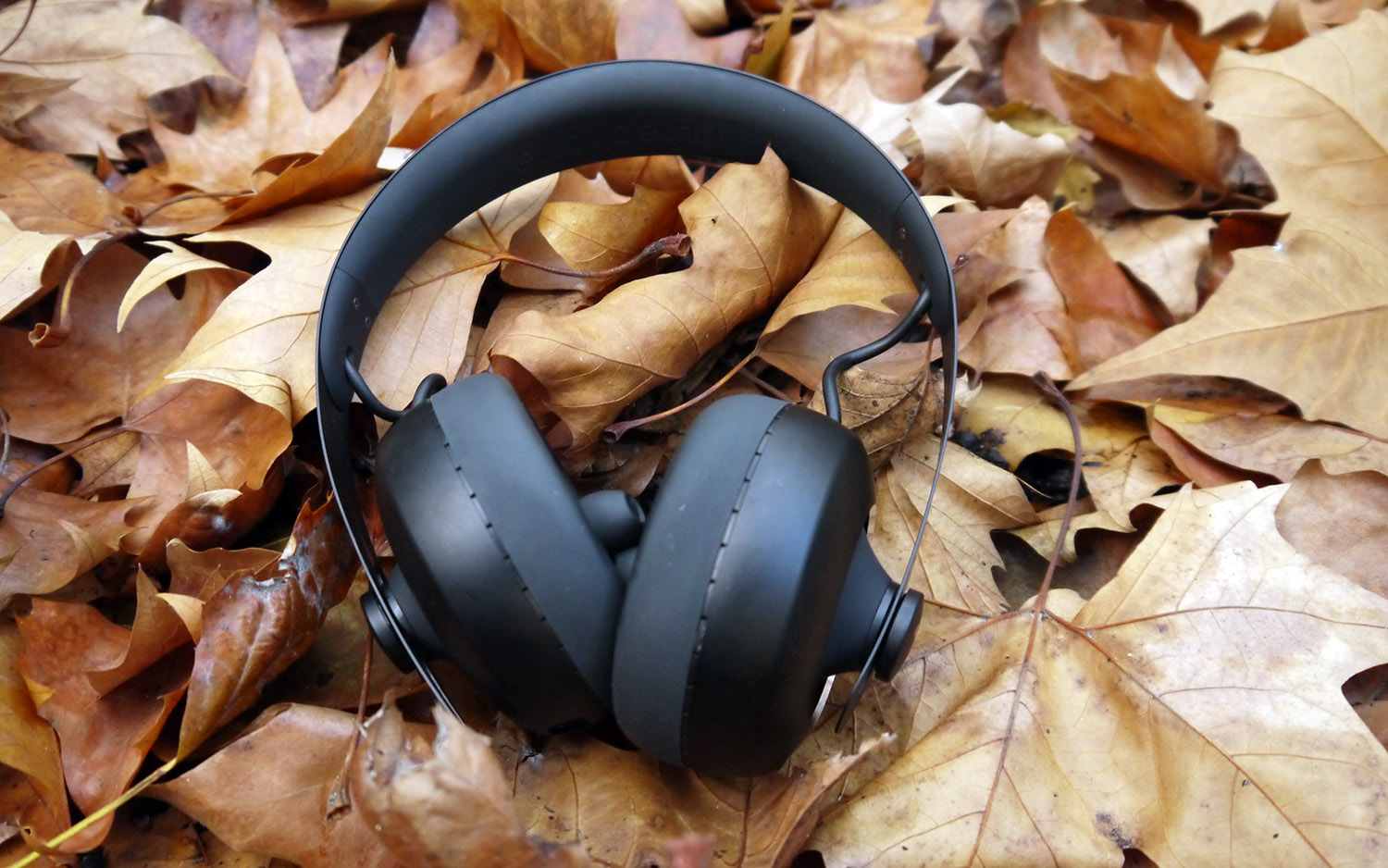Tom's Guide Verdict
Your ears won’t be the same again, after using Nuraphone. But that’s a very good thing.
Pros
- +
Fantastic audio personalization
- +
Great industrial design
- +
Premium looks and performance
- +
Unique features
- +
Big bass
- +
Brilliant battery life
Cons
- -
Heavy and bulky
- -
In-ear / over-ear design is a little strange
- -
Phone calls not great
Why you can trust Tom's Guide
There have been many advancements in headphone technology but these shifts usually center around three tenets: connectivity, battery life and noise cancelling. Nuraphone is looking at things differently.
Yes, these headphones offer Bluetooth connectivity, a long battery life and active noise cancelling (through a recent-ish big firmware update) but these are just parts of the package and not the main attraction. That comes in the form of the ability to tune themselves to how you listen.

The closest thing I can match this experience with is what Sonos has done with its Trueplay speaker tuning technology. This is where you wave an iPad around your room and it will ‘tune’ a Sonos speaker to its surroundings. Nuraphone does this with your ear through its clever, accompanying app and the result is one of the most fascinating headphones I’ve ever tested.
Setup: prepare for an aural experience
Because of the nature of the headphones, setup is a longer process than your average set of Bluetooth cans. Pairing them with your phone is quick, but then you have to go through the process of matching them to your ears.
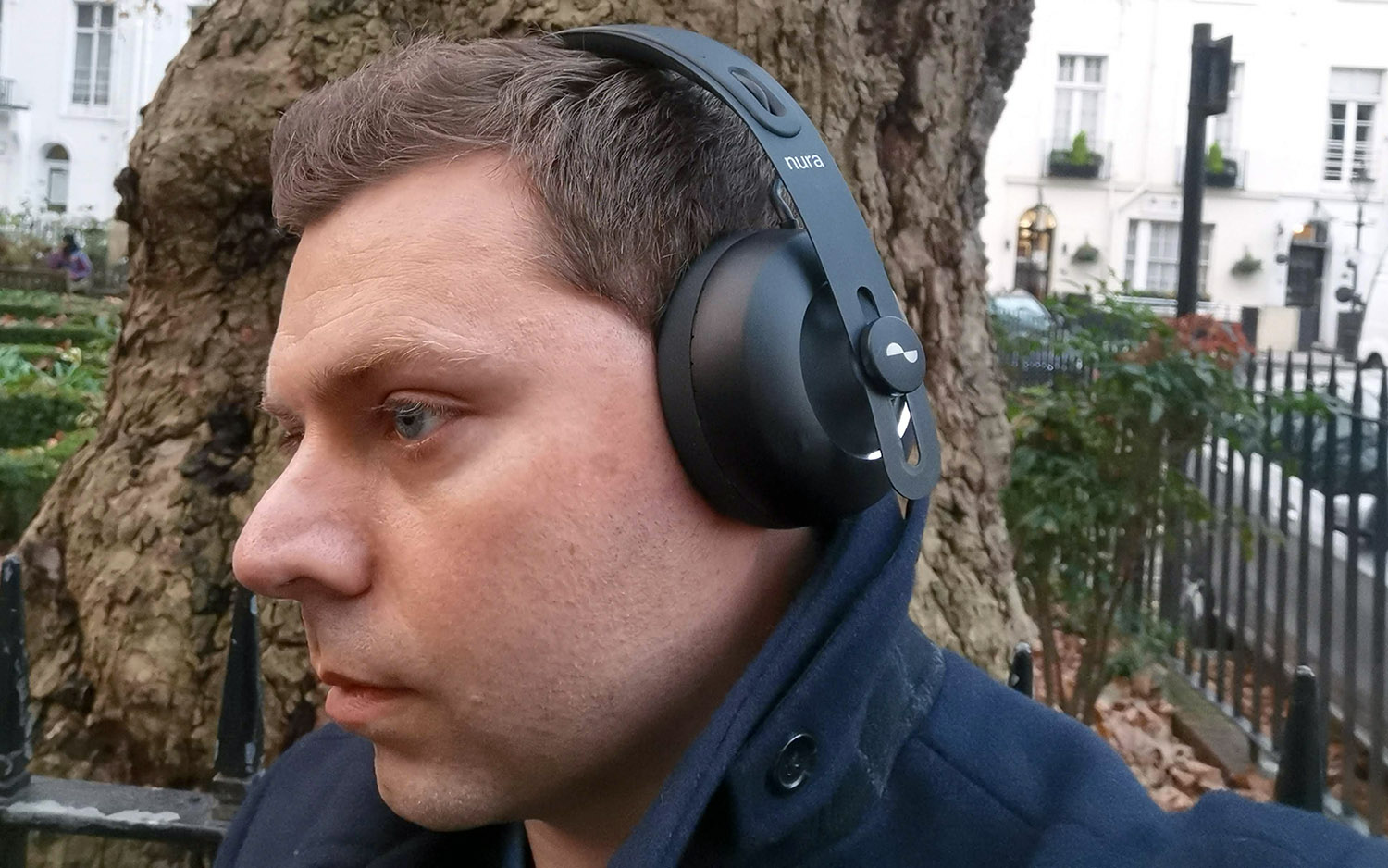
The folks behind Nuraphone do this with a 60-second hearing test that will create your very own hearing profile. This test has to be done in a really quiet room and is a little discombobulating. For the test to work, you are zapped with a number of different frequencies (250hz to 8kHz) to see how well your ears respond.
The closest thing I can match the Nurophone experience with is what Sonos has done with its Trueplay speaker tuning technology.
The Nuraphones are packed with mics that are sensitive enough to pick up these responses and then will match a sound profile accordingly. The fancy term for this test is: Otoacoustic Emission (OAE). Nuraphone is quick to explain that these profiles aren’t about ‘good’ or ‘bad’ hearing, but matching the music you listen to to your own ear map.

Once the mapping is done, you are given a sound profile that looks a little like a blue/purple blob, depending on how you hear.
Get instant access to breaking news, the hottest reviews, great deals and helpful tips.
In all you can set up three sound profiles for one device and then you have the option to listen to music that’s been Personalized or Generic. And nobody likes to be generic.
Design: big, bold and a little too close for comfort
To make sure your ears are as close to the audio as possible, the design of the Nuraphone headphones are, well, a little probing. Even though they are over-the-ear cans, they have what can only be described as a nubbin that enters each ear. This is around one-inch in size and, when worn properly, slots gently into the ear canal.
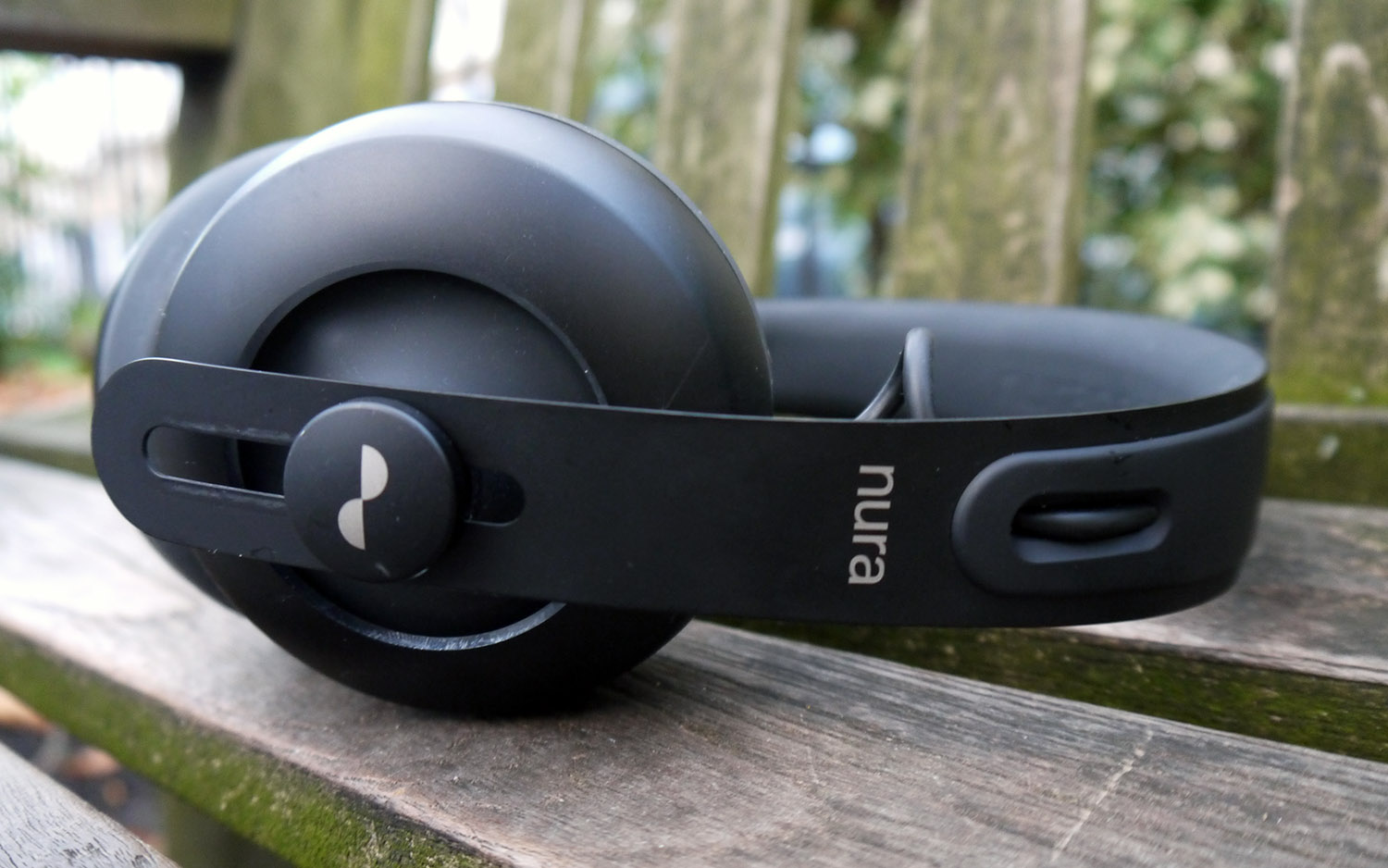
I say ‘when worn properly’ as these headphones did take a few goes to get right. I found on the first few goes, the nubbin didn’t feel quite right in the ear canal. This lead to a little bit of discomfort. To remedy this, I simply took them completely off my head and tried to put them on again and something changed and they worked just fine. In the setup process, the app will also tell you if it feels you aren’t wearing the Nuraphone headphones correctly.
When on the head, the headphones are really sturdy. The design is pretty industrial - there’s a stainless-steel band that holds the two aluminum ear cups (silicon) and a wire going from this band into the in-ear segments of the headphones. When worn, the in-ear part of the cans nestles in your ear canal, while the over ear part form a nice sealed cup over your ears.
On each side of the headphones are touch buttons that can be customized. They are comfortable to wear but are bulkier than most over-ear headphones I have tried, at 7.4 x 6.7 x 3,4 inches (compared to the Bose QuietComfort 35 IIs which measure a slightly smaller 7.1 x 6.7 x 3.2 inches). They are on the heavy side, too, at 329g (0.75lbs). They are certainly stylish, though, and feel really premium.
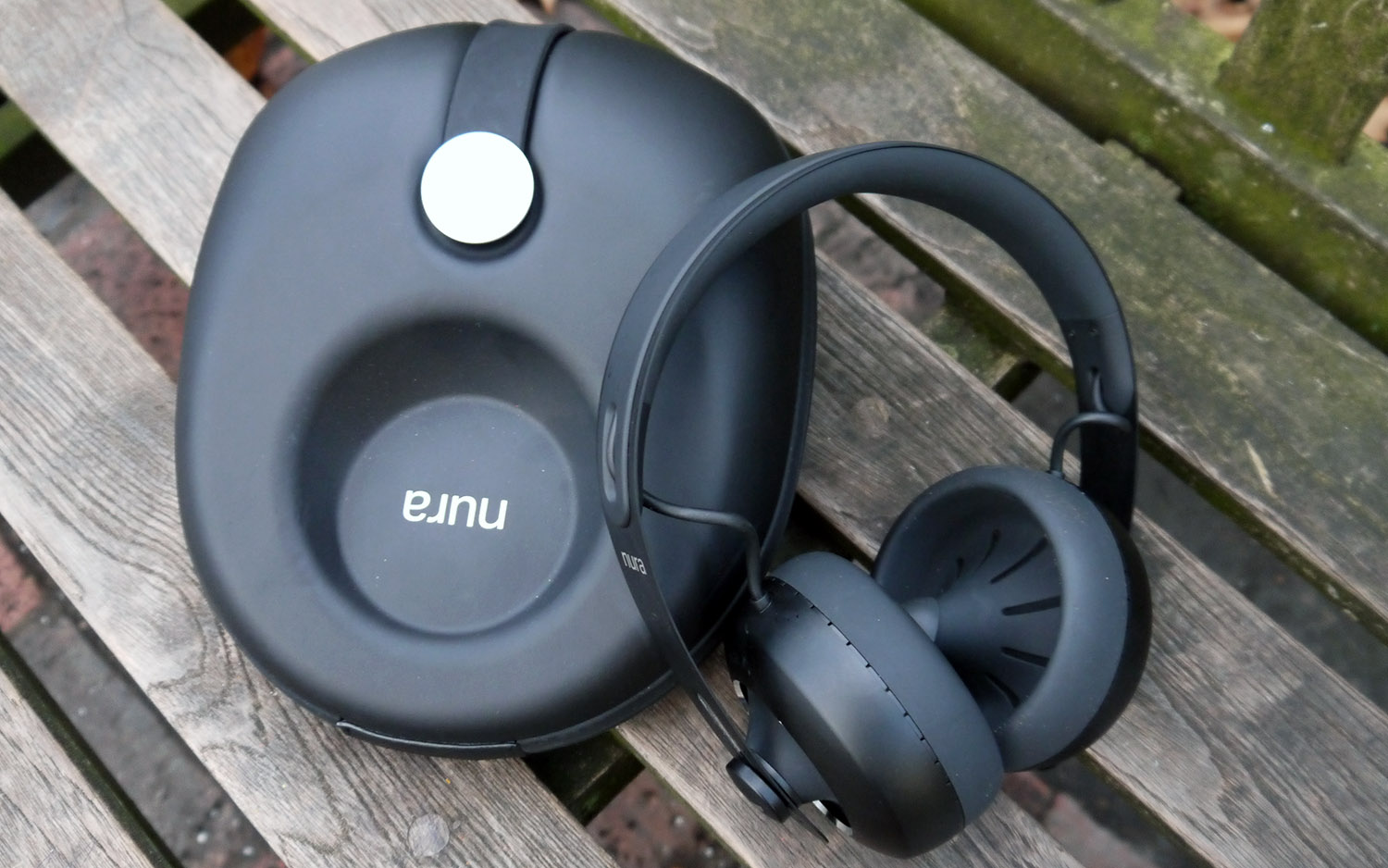
The package they come in as well is certainly premium. There’s a big case to keep the Nuraphones in and inside is a magnetic cable pouch where you can keep the USB-A cable needed to charge the headphones. Quite why this was the cable chosen to charge the headphones is beyond us, and just made us fear that if we lost it we didn’t have another one around to replace it with. If it was USB-C, we certainly wouldn’t have had that issue. Lucky that the 20-hour reported battery life is exactly that, if not a little bit more.
Performance: the personal touch
I have used the Nuraphones for a number of weeks now and, because of the size of them, I wasn’t expecting them to stay as my go-to pair of headphones but they have. There’s something about using them that’s rather addictive.
A lot of this has to do with the personalization. There’s no power button, they just ‘wake’ when on your head with a soothing “Hello, Marc” and a quick battery update. The sound profile the app created for me was infinitely better than the non-customized profile (you can toggle between them to listen to the difference). But the Neutral sound was really thin in comparison, muddied too.
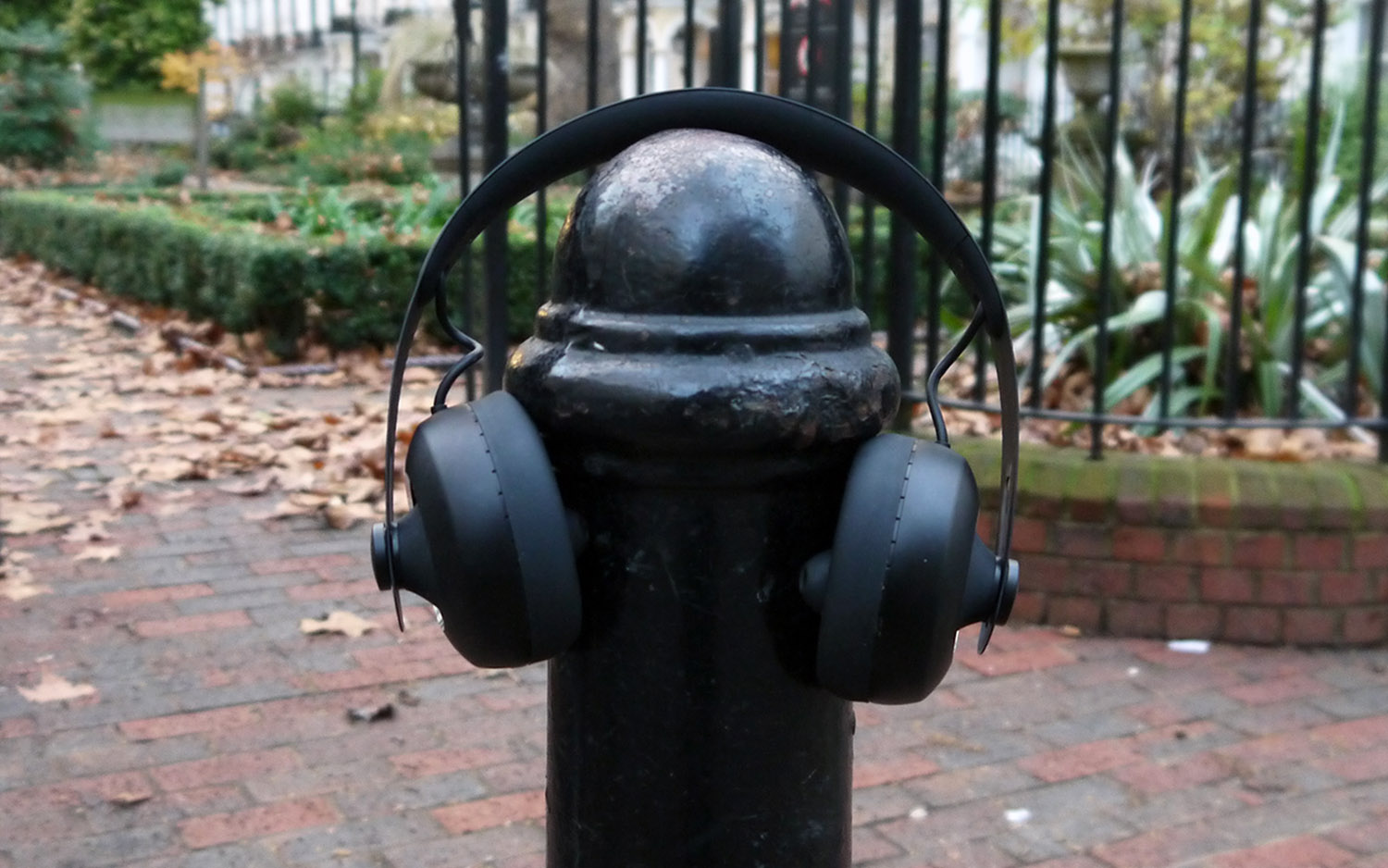
I couldn’t help but think it was made to sound terrible to enhance the feeling that the Nuraphones offer a better sound experience. That’s not to say that what is being sold here is snake oil, as the personalized sound meant that we heard new things from albums we have been listening to for years.
I have used the Nuraphones for a number of weeks and I wasn’t expecting them to stay as my go-to pair of headphones. But they have.
Radiohead’s Kid A gained more of an ethereal quality when listening to it through the Nuraphones. "How To Disappear Completely" made the hairs on my neck stand on end - something that hasn’t really happened since the first time I heard the record. LCD Soundsystem’s "All My Friends" sounded utterly bombastic, as if all the synths and instruments used were turned up a notch. "Blackbird," from the newly reissued White Album, bristled, McCartney's voice both clear and beautiful.

The active noise cancelling (ANC) that arrived through a firmware update after launch is powerful. I really did miss it when it wasn’t on and worked wonders on a long haul flight I did with the headphones - although I ended up taking them off after a few hours as the weight and size of them did mean my ears needed a little bit of a rest. Also the nubbin does get a little uncomfortable, too. I completely understand the thought behind an in-ear/over-ear hybrid but I do think the could have been made to be a bit more comfortable.
These are a premium-looking, premium-sounding pair of headphones with a huge brain. There's nothing quite like them on the market.
The touch buttons on the side of the headphones work well. I did find that when I used them, though, the ‘pop’ sound they emit when touched is quite harsh. It’s great that they are customizable, however. You can choose to have them to play/pause music, volume control and the ability to turn Immersion on and off.
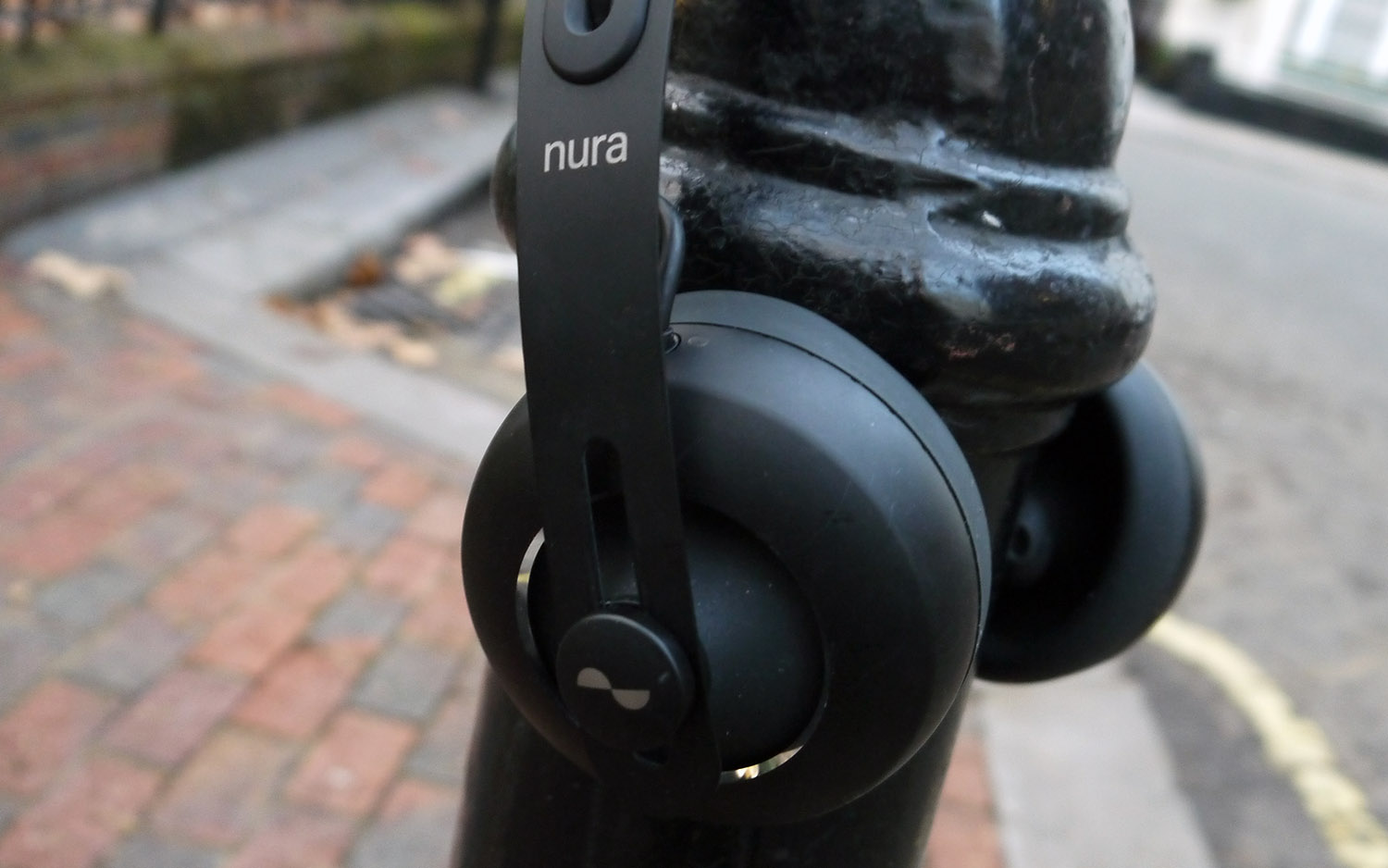
Immersion is an interesting feature. The over-ear part of the Nuraphones makes for a really good bass emitter and this can be ramped up to ridiculous levels. If you put it to its maximum it’s akin to standing next to a speaker at a gig, which is not a good thing. Those who want a pair of headphones to out-bass Beats need look no further.
Call quality: currently lacking
Where the Nuraphones really underperform is when taking calls. You can customize the buttons to tap to receive calls, but it wasn’t a great experience. You can’t hear your own voice for a start, which means you just end up shouting at the person on the other end, and the call quality just wasn’t that clear.
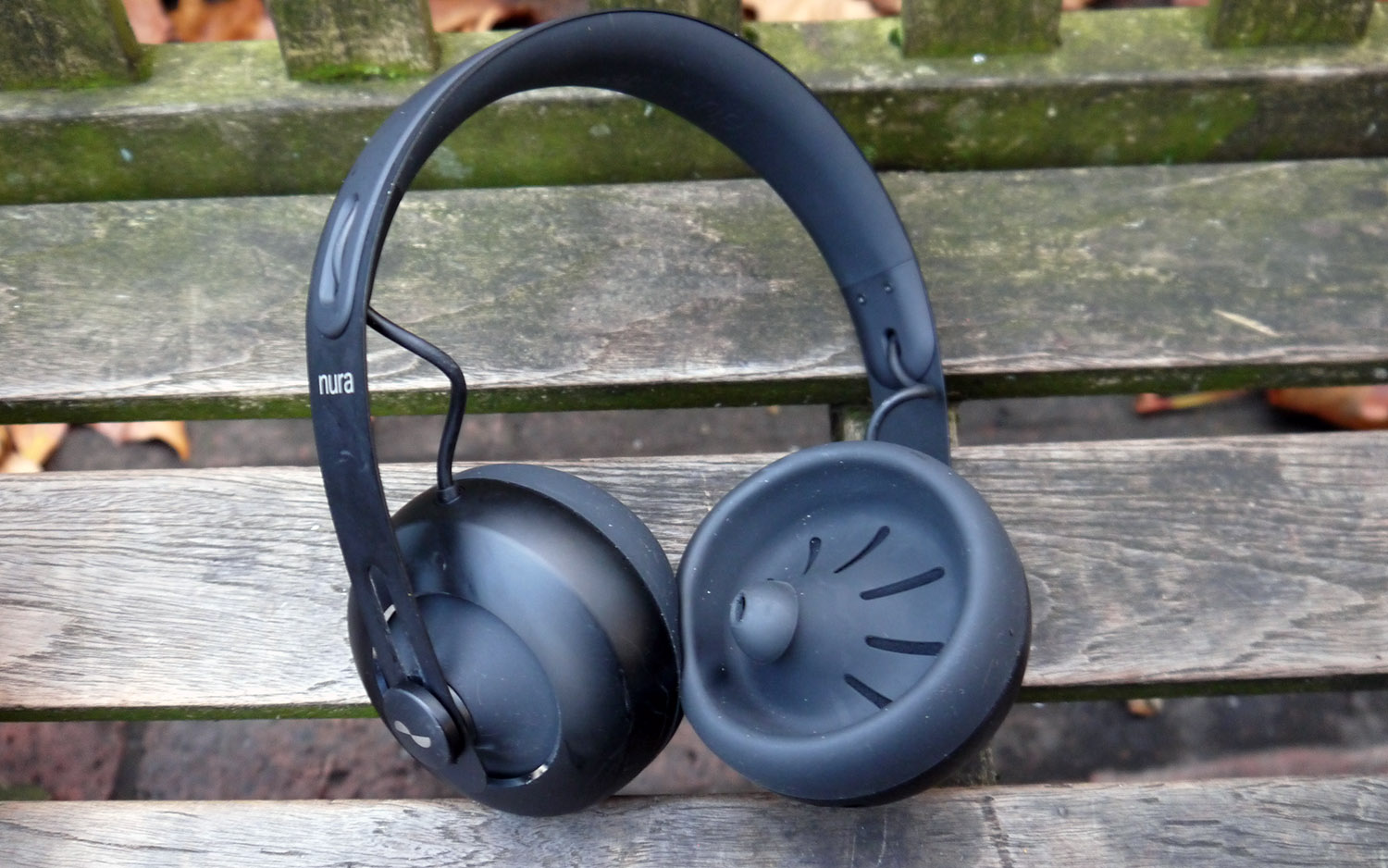
This feels like an area that the folks behind Nuraphone haven’t really worked that much on. There is a ‘social mode’ button which is good, though. Press this and you can hear what’s going on in the outside world. This is good if you are on a commute and want to hear the train driver tell you that your journey to work is inevitably delayed.
Bottom line
There is nothing else like Nuraphones on the market. They are a premium-looking, premium-sounding pair of headphones with a huge brain. While the science behind the sounds may not be believed by all, they sure do sound good. While the design won’t be for everyone, they offer some of the best audio we have heard from a pair of headphones.
Yes, I would like them to be lighter and the design to be sleeker. I would probably want to not rely so much on the app, too, even though it’s easy to use.
All of this innovation does come at a price, too. At $399 (£349) they are some of the most expensive headphones around. The best-in-class Bose QuietComfort 35 II ($349 are cheaper and offer better noise cancelling.
But there is not much else here that’s a niggle - these are top-quality headphones. Nuraphone has done the near impossible, finding a brilliant way to stand out in a saturated audio market.
Marc Chacksfield is Director of Shortlist Media and Editor-In-Chief of Shortlist. He's been a technology and entertainment journalist for 15 years and was previously UK Editor In Chief at Tom's Guide, TechRadar and Digital Camera World. He's also written for the likes of T3 and Tom's Hardware. In his spare time he tries to play guitar, PlayStation and supports Chelsea.
